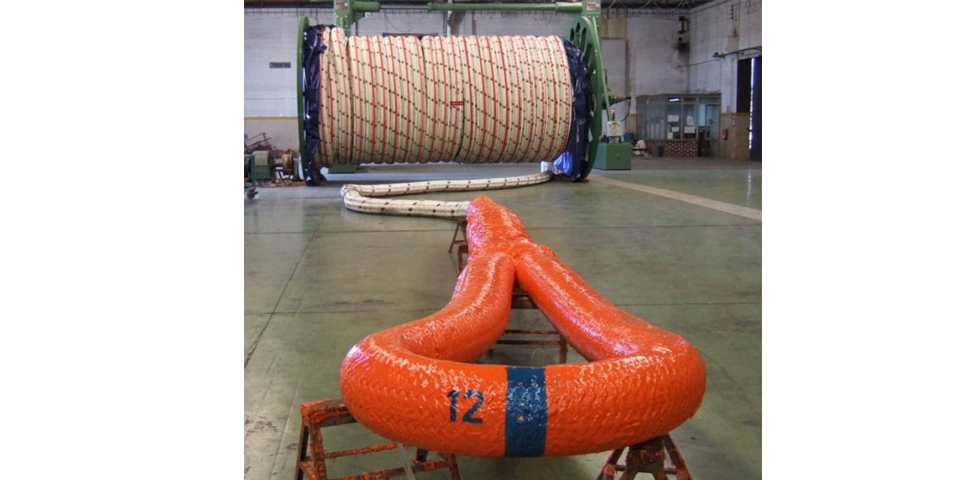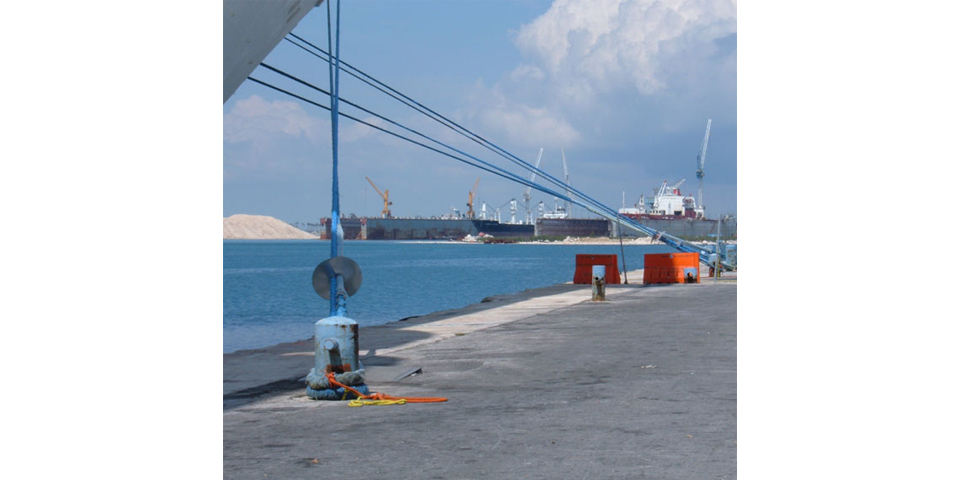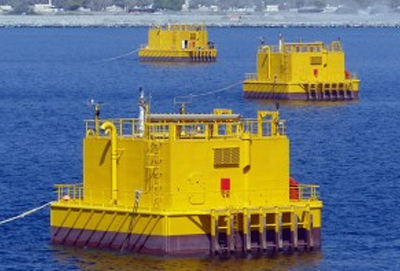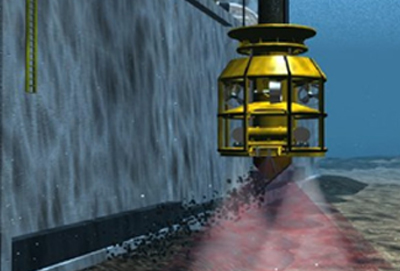Details
- Construction Date 09 Sep 2018
- Category Offshore
Description
A hawser is a term for a heavy cable or rope used for towing or mooring a ship. Its functions enable it to be an important feature of seamanship, or the art of ship or boat operation. The concept of the hawser has existed as far back as the 14th century, and in modern times it is often referred to as hawser cable or wire.
The term “hawser” can be traced to the Middle English term “haucer,” a verb that means “to hoist.” Middle French also has a similar term with “haucier,” and both bear Anglo-Norman roots in “hauceour.” Linguists theorize that these English and French terms can be traced to the Latin “altus,” which means “high”; and their origin suggest that the word “hawser” developed during the first half of the 1300s.
The hawser goes through a feature of a ship or boat called the hawsehole, or cat hole. The hawsehole can be found as a single or a pair of openings at the waterproof section of the vessel called the hull, which is located at the front of the ship, referred to as the bow. The region where the hawseholes are situated is usually referred to as the hawse.
The traditional way of making a hawser was to braid together three fibrous strands. The idea was to make the rope thick and strong enough to move or secure the vessel. In recent times, however, many hawsers are made of steel, which is a lot less prone to wear and breakage than ropes. Most hawsers have a thickness range of 0.02 inches (0.5 mm) to 0.4 inches (10 mm).
The toughness and thickness of the hawser determines how effective it is in towing or mooring the watercraft. The rope or cable has to be strong enough for seamen to pull the ship. Also, the ideal hawser should be able to keep the vessel in a particular place, traditionally a dock or other loading and unloading platform, without letting it go adrift and possibly causing damage or getting lost.







